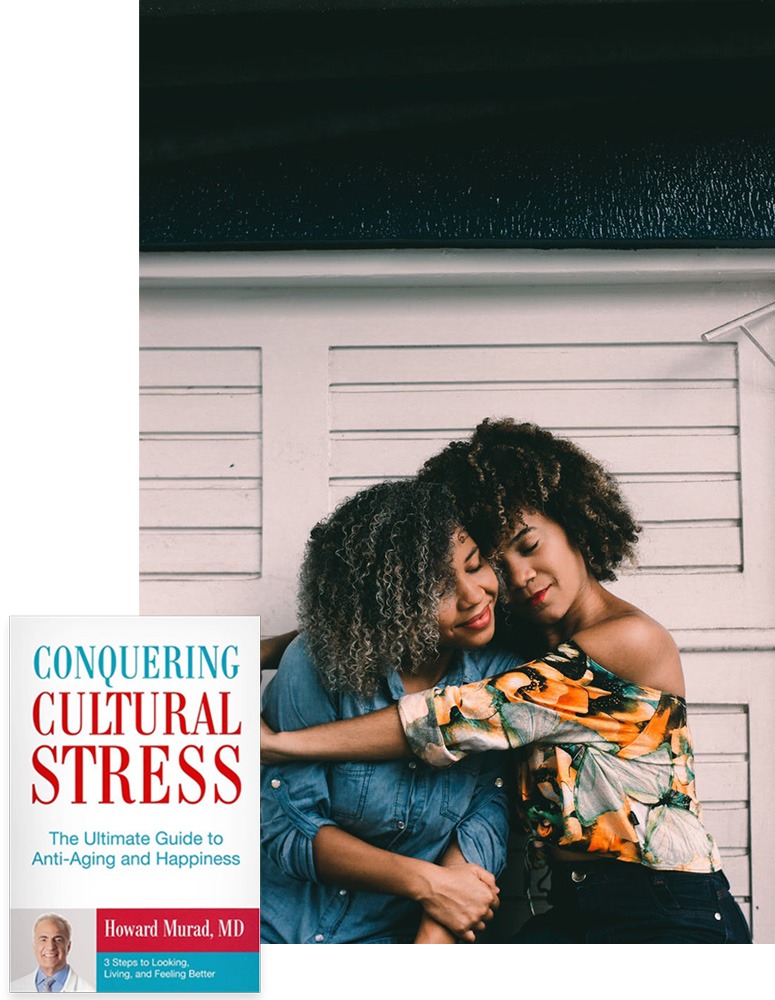How to Make Stress Work for You
Patients and friends have long heard me warn about the dangers of Cultural Stress—the all-pervasive stress of modern living. Cultural Stress will take a toll on us unless we recognize it for what it is, and take proactive steps to manage it. The good news is that our attitudes about stress can make all the difference in its effect on us.
Eustress is a term coined by endocrinologist Hans Selye back in the 1970s to describe good, or beneficial, stress. Selye wanted to draw a distinction between eustress and distress, stress we react to negatively. Often, it is not the stressor that determines whether we experience eustress or distress, but the meaning we give to it. For example, we can intentionally stress our bodies in order to strengthen them, or to reach higher levels of physical performance. We can stress our personal competence by accepting a new, more challenging position. We stress ourselves to learn a new skill, start a new business, ask that intriguing person out on a date, or embark on a new adventure. Stress is part of any growth-producing situation.
Our body’s response to either eustress or distress is similar: we breathe faster, our pulse quickens, we break into a sweat, our body floods with adrenaline. If these symptoms occur in response to a challenge we welcome—say you’re about to skydive—we aren’t nearly as troubled by them as if they’re in response to a challenge we dread—say you’re about to get fired. In other words, it is largely how we label the stressor that determines our experience of it. When we change our mind about stress, we can change our body’s response to stress.
We can use this ability to label to turn the tables on stress and make it work for us. Just like an athlete stressing her body for better physical performance, we can use stress to make us better at handling stress.
This is not simply a mind game; its validity has been scientifically confirmed. In a study conducted at Harvard University, participants were put through a series of stressful situations—having to give an impromptu speech in front of a disapproving audience, having to perform math exercises quickly and out loud, etc. But before they went through the tests, they were taught to think of their bodily stress responses as helpful—as evidence that their bodies were preparing them to perform well. Their pounding heart, after all, was preparing them to spring into action. Same with their rapid breathing—it was getting oxygen to their brain and muscles. The results of the study showed that participants who viewed their stress response as helpful experienced less stress. They were able to undertake the tests with less anxiety and more confidence.
Here’s another key result with huge implications for health. People who were taught to think of their stress response as helpful didn’t experience the constricted blood vessels that make chronic stress damaging to our hearts. Instead, their blood vessels were more relaxed—more like people experiencing a positive emotional state.
That’s likely because stress also triggers release of the hormone oxytocin. Although we usually think of oxytocin as a love hormone—it’s involved in empathy, social bonding, feelings of trust, sexual reproduction, childbirth, lactation—it also is released as part of the stress response. Here again, it appears that our bodies are preparing us to take effective action: in this case, to reach out to our social and emotional support system, get a hug, tell a friend how we feel, pet an animal. When we do, our brains relax and we experience less anxiety. Moreover, oxytocin also works on the cardiovascular system—helping it to relax as well. Your heart has receptors for this hormone, and oxytocin helps heart cells regenerate and heal from any stress-induced damage.
In other words, part of your body’s natural response to stress is designed to help you better handle stress. Said another way, your body is coaching you to use stress to build social connectedness. This will, in turn, release more oxytocin, which will further help you handle stress.
And here’s another interesting study, conducted at the University of Buffalo, which also confirms the stress-reducing importance of social connection. Researchers surveyed approximately 1,000 Americans ranging in age from 34 to 93, asking them how much stress they’d experienced in the last year. Every major stressful life experience increased an adult’s risk of death by 30% — unless they also spent a significant amount of time helping loved ones, neighbors, and their community. For those individuals, there was a 0% increase in risk of stress-related death. Their caring for others had a protective effect on themselves, as well.
This is why it’s important for us to manage our Cultural Stress. We can’t necessarily keep from experiencing it, but we can change how we experience it. We can even make it work for us. To learn more, read Conquering Cultural Stress.
